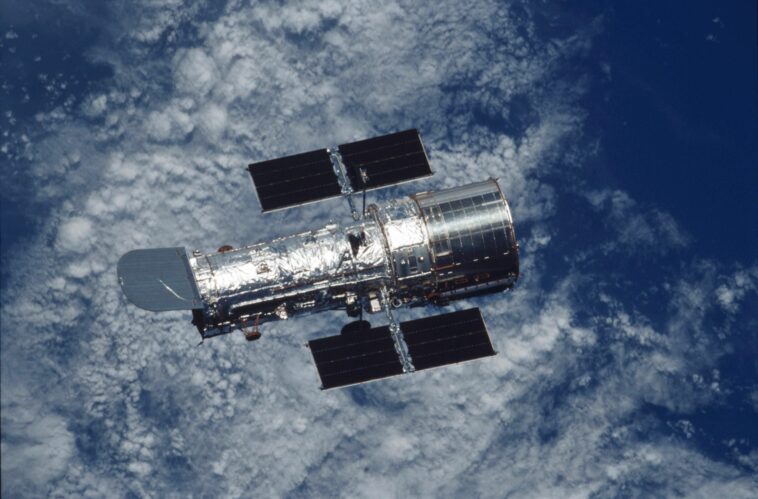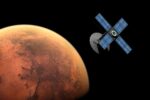NASA and SpaceX have agreed to look into the possibility of using a Dragon spaceship to lift the Hubble Space Telescope into a higher, more stable orbit in order to prolong its life. NASA doesn’t have any future plans to launch or finance another Hubble servicing mission.
After 30 years of service, the shuttles that were used to sporadically fly up to Hubble and make repairs were discontinued in 2011. Software updates, which are obviously restricted, are now the sole means NASA has to modify or maintain the venerable telescope.
SpaceX has suggested research to better understand the technical difficulties involved in servicing flights to Hubble in collaboration with the Polaris Program. This non-exclusive research is anticipated to last six months and is available to any other businesses interested in proposing comparable tests using various rockets.
In order to ascertain if it is feasible to safely meet, dock, and transfer the telescope into a more stable orbit during this period, SpaceX will gather technical data from both the Hubble and the Dragon spacecraft. Parts of this mission study idea, according to NASA, may be relevant to other spacecraft, particularly those in near-Earth orbit like Hubble.
Since 1990, Hubble has faithfully given astronomers and scientists insights into the cosmos. It was initially placed in an orbit 335 miles above Earth, but over time, that orbit has been descending. Hubble’s lifetime may be extended by a few more years if it were propelled into a higher, more stable orbit.
Although Hubble has already significantly surpassed expectations, things have not always gone well, particularly in the last year. Hubble almost came to an end due to two significant disruptions that occurred last year. In the first incident, which occurred in June, the telescope was down for over a month.
That November, a different problem surfaced, and it wasn’t resolved entirely until December. These difficulties may be the reason NASA is willing to consider a servicing mission as it is unable to physically fix Hubble’s flaws on its own.
Thomas Zurbuchen, assistant administrator for the Science Mission Directorate at NASA Headquarters in Washington, said that this research is a fascinating illustration of the cutting-edge strategies that NASA is pursuing via private-public collaborations.
“As our fleet expands, we want to investigate a variety of options to provide the most comprehensive, outstanding research missions we can.” NASA has said that towards the end of Hubble’s life, the space telescope will be safely de-orbited or “disposed of,” but they are in no hurry to do so.
Source: PetaPixel/NASA




